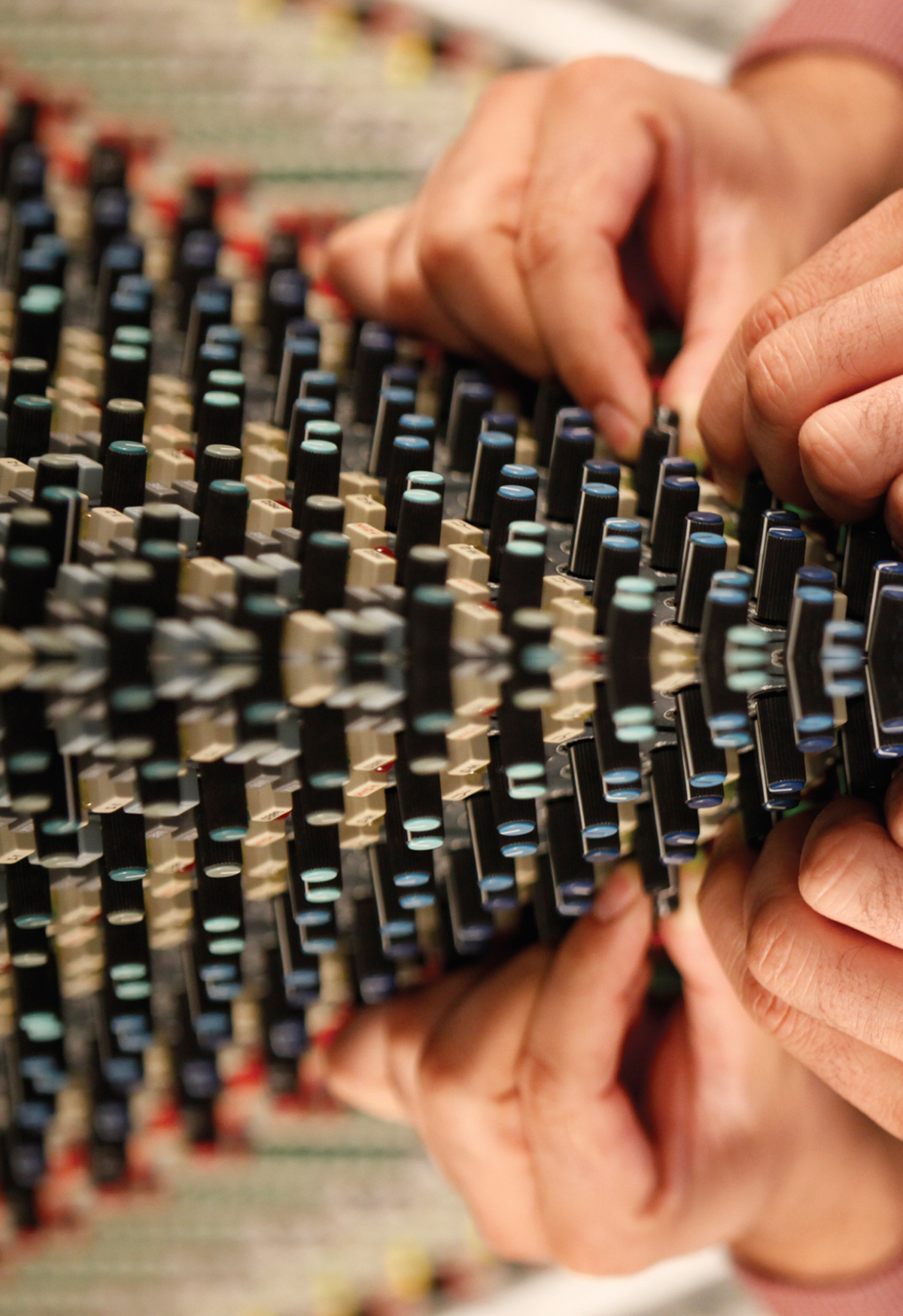Unlike the late Grant McLennan, his former partner in the Go-Betweens, Robert Forster [Tape Op #14], has never been the most prolific of songwriters. But for us dedicated fans of his unique work, even a seven year wait between albums is worth it when the songs are as strong as this, his sixth solo album. Part of his time between records was spent curating and compiling G Stands For Go-Betweens: Volume 1 (1978 — 1984), an amazing box set collection covering the Go-Betweens's early career (with two more box sets to come). Robert also did a fair share of writing as a music critic, as well as producing records, including The John Steel Singers. Songs to Play was recorded with multi-instrumentalists Scott Bromley and Luke McDonald (of The John Steel Singers), drummer Matt Piele, and violinist/singer Karin Baumler. I have noted in these pages before that I was extraordinarily lucky (thanks to Sleater-Kinney and Robert) to record the Go-Between's "comeback" album, The Friends of Rachel Worth, in 1999. Working with Grant and Robert was a joy. I dropped Robert a line to find out where and how Songs To Play was recorded.
Where was Songs To Play recorded? The PR says it took place on a mountain!
The record was recorded in a permanent studio in a house on a mountaintop, about half an hour from where we are on the edge of the Brisbane suburbia. The feeling on the mountain is a little bit Woodstock 1967. There is a cafe up there, and you half expect to see Rick Danko and Garth Hudson standing outside.
What role did Scott Bromley and Luke McDonald play on the recordings?
Both Scott and Luke are multi-instrumentalists in a band called The John Steel Singers. They are in their late twenties and both are attuned to modern movements in rock music, but also with an appreciation of things in the past. Both are talented musicians, technically, and they have great "feel." They brought a lot to the album. I told them early in the process to put any ideas they had to the songs and to be adventurous with what they contributed. They did so well playing and arranging that they are credited as co-producers with me.
Jamie Trekaskis is the engineer?
He owns the studio equipment — the house is rented. The desk and 2-inch tape machine are late '70s MCI [MCI JH 636 console, MCI JH-24 2-inch tape deck]. They were in a studio in Sydney for decades, and my album was the first album made after Jamie put the desk and tape machine into the house.
Your wife, violinist and singer Karin Baumler, is more present than ever on this album. What brought that on?
Karin and I have played together in kitchens, lounge rooms, and occasionally on stage since about 1989. The birth of our children and their raising, as well as the re-birth of The Go- Betweens, pushed our music making a little into the background. Suddenly, around 2008, when I started writing the songs for Songs To Play, she had melodies on the violin and wanted to sing to these songs. It was a natural process of playing in the lounge room. Then Scott and Luke started to come over, and the record began to take shape.
Did you enjoy returning to the analog tape way of working?
Yes, I did. A great deal. Not because I wanted to return to 1975 or something, but because it sounds good and seemed to be the right way for my songs, the sound, and the musicians. There are a number of reasons I went back to analogue. One of them was that I didn't want a computer screen in the creative space of a recording studio. I wanted the engineer and musicians to be looking into the air, or the walls, when listening back or tracking. I didn't want the room dominated by a screen — I wanted open space, as well as people listening to music, not watching it. This changed the feeling in the control room considerably. Of course I like the sound of tape, and my songs — folk rock-y, singer- songwriter — sit so well with analogue. We aren't doing 200 punch-ins to a click track. Analogue caught the live feeling we were going for really well. Maybe the biggest thrill, when I look back at it all, was mixing to tape. No computer. Manual mixing. Jamie, Scott, and Luke doing passes that were put to computer — six hands on the desk — that was like a performance to watch. We were trying to get the magic pass and keep it; which we did ten times, for the ten songs.




_disp_horizontal_bw.jpg)